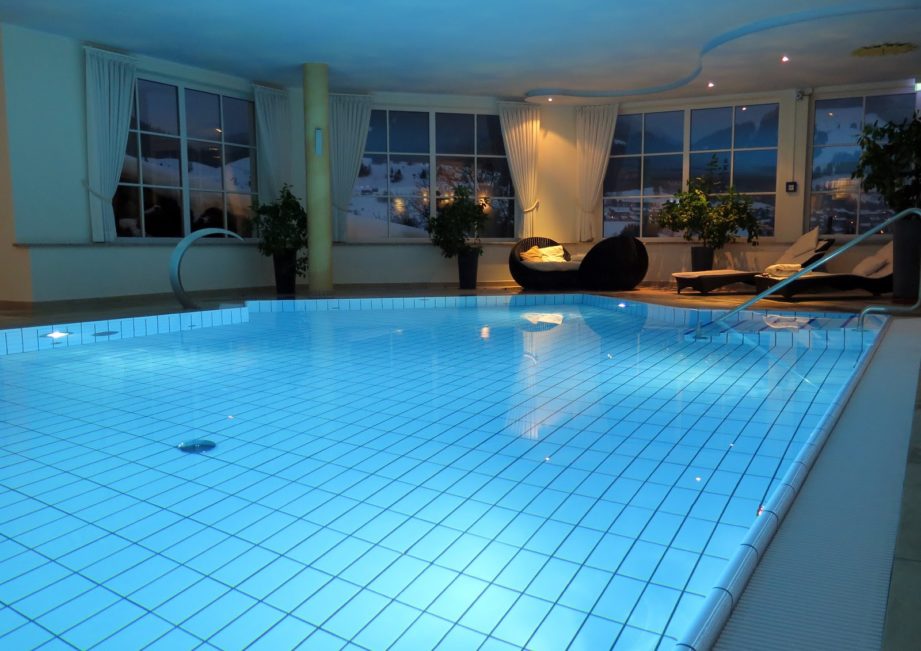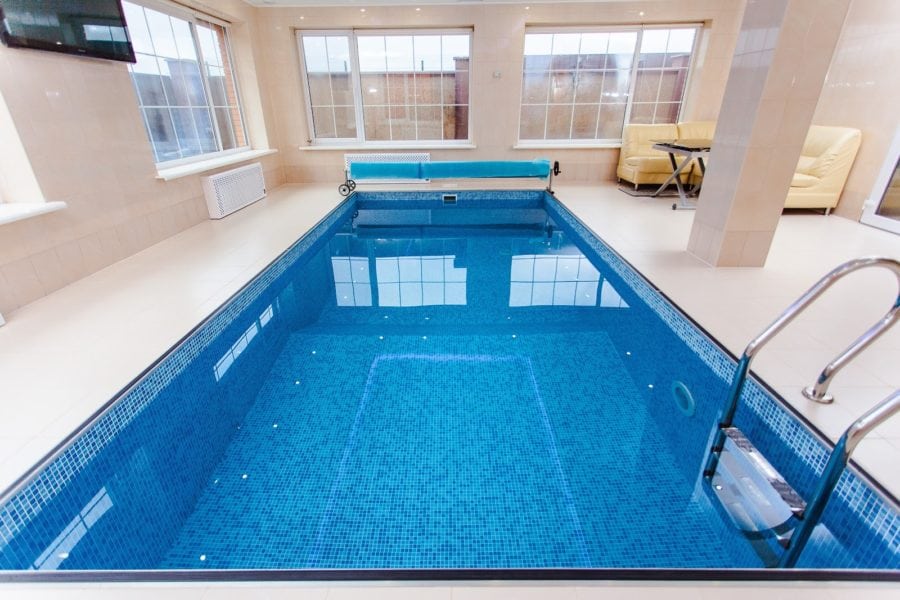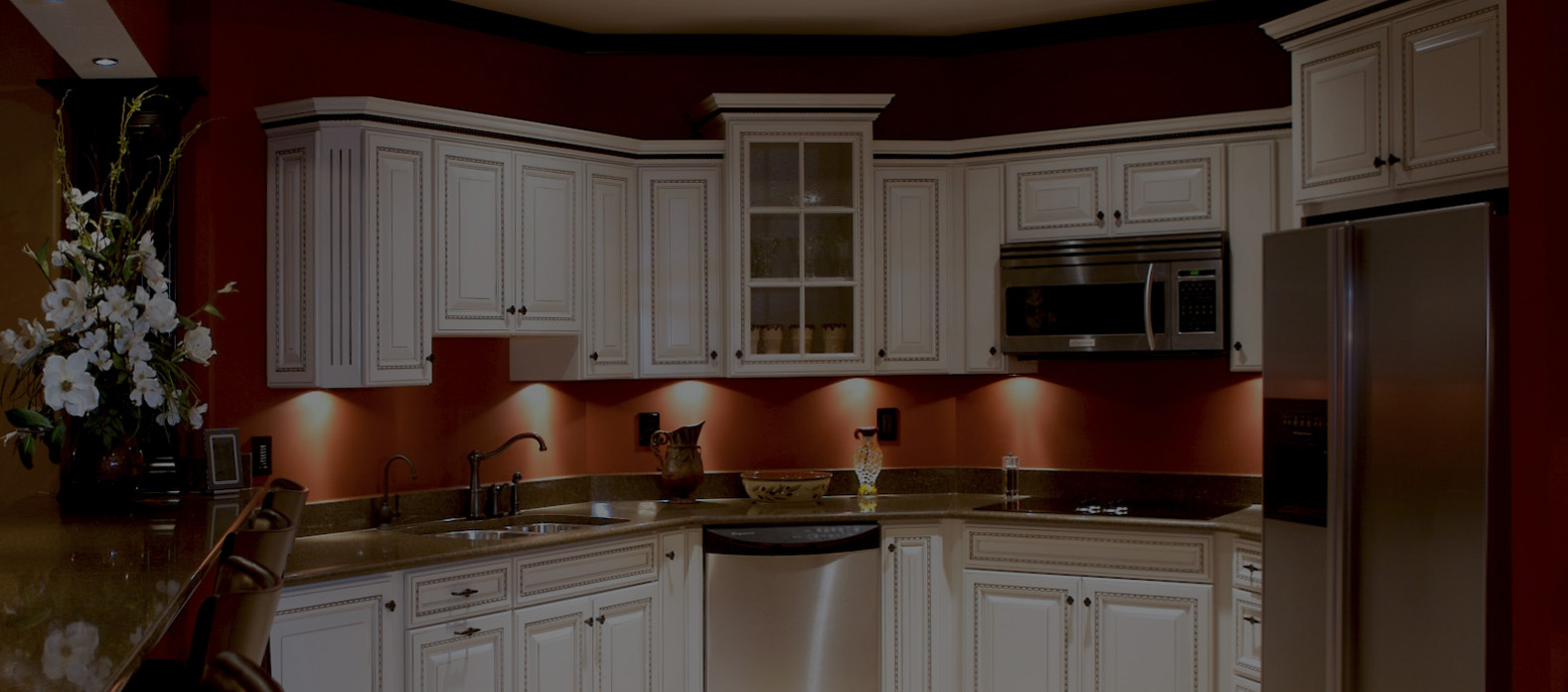
14 Jun What to Know About Custom Home Indoor Pools
Steamy windows. Chemical odor. Mold. Sound appealing?
Maybe an indoor pool isn’t as glamorous as you’d thought. However, when properly installed and maintained, your pool shouldn’t have any of these symptoms.
Clear windows. Clean air. No mold. Sound better?
Here are a few things you should know when installing an indoor pool.
Indoor Pool Basics
The installation of of an indoor pool includes far more than the pool itself. There are many elements of an indoor pool that are necessary to maintain the longevity of the pool and surrounding rooms. An indoor pool can make a splash during every season, but must be well equipped with proper systems to remain functional within a home.
Moisture Management
In order to avoid moisture damage to your home, a dehumidification system and vapor barrier need to be included in your budget. A vapor barrier will prevent a build-up of moisture between the pool enclosure and the rest of the house. This also prevents mold, which poses health risks in a home. A dehumidification system will manage humidity in your pool room, but must also fit the room’s design. Here are the key features of a proper dehumidification system.
- Air should NOT be circulated across the water because this increases evaporation
- Airflow should be even across the pool enclosure walls and windows to prevent condensation
- 50 to 60% relative humidity (RH) should be maintained
Heating
Unless you enjoy a polar plunge, an indoor pool needs a heater.
Ideally, the pool should be two degrees cooler than the pool enclosure. This minimizes humidity and decreases the workload on your dehumidification system. Depending on the type of heater, installation can cost between $1,500 and $3,800. Additionally, the monthly cost of operation can be between $100 and $600.
Don’t let the sun burn a hole in your pocket.
Include high windows or skylights in your pool enclosure to release warm air during summer months. Otherwise, you’ll find yourself spending money cooling the pool enclosure. Sliding glass doors release warm air while also giving your pool an outdoor feel when the weather permits.
Get it Covered

Whether automatic or manual, a cover is definitely a must for your indoor pool. Putting a cover on the pool can reduce heating costs and manage humidity. It also prevents small children from falling into the water when unsupervised. An automatic cover requires no physical labor to operate, making it the most efficient option for a year-round indoor pool.
Of course, there are many additional features you can add to an indoor pool depending on your budget. For example, adding heated flooring can reduce pooling while keeping your feet warm. Even without heated flooring, an indoor pool is a serious investment. Making informed decisions to prevent moisture damage will prevent you from drowning in repairs so that your pool is a luxury and not a misery. Make sure this permanent investment is practical for your family before you take the dive. To talk to a home design specialist about indoor pools and your custom home, contact our team of professionals and get started today!



Sorry, the comment form is closed at this time.